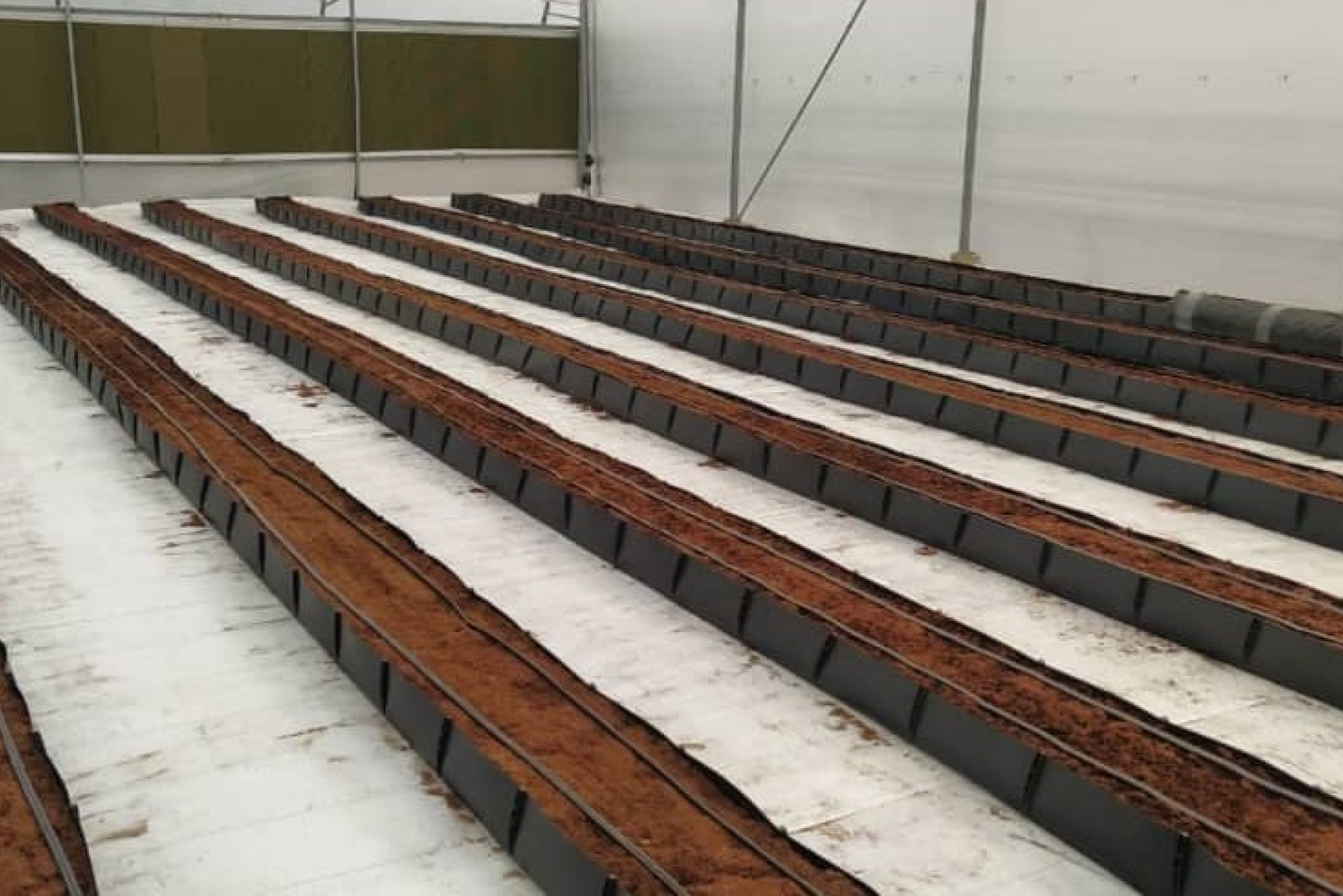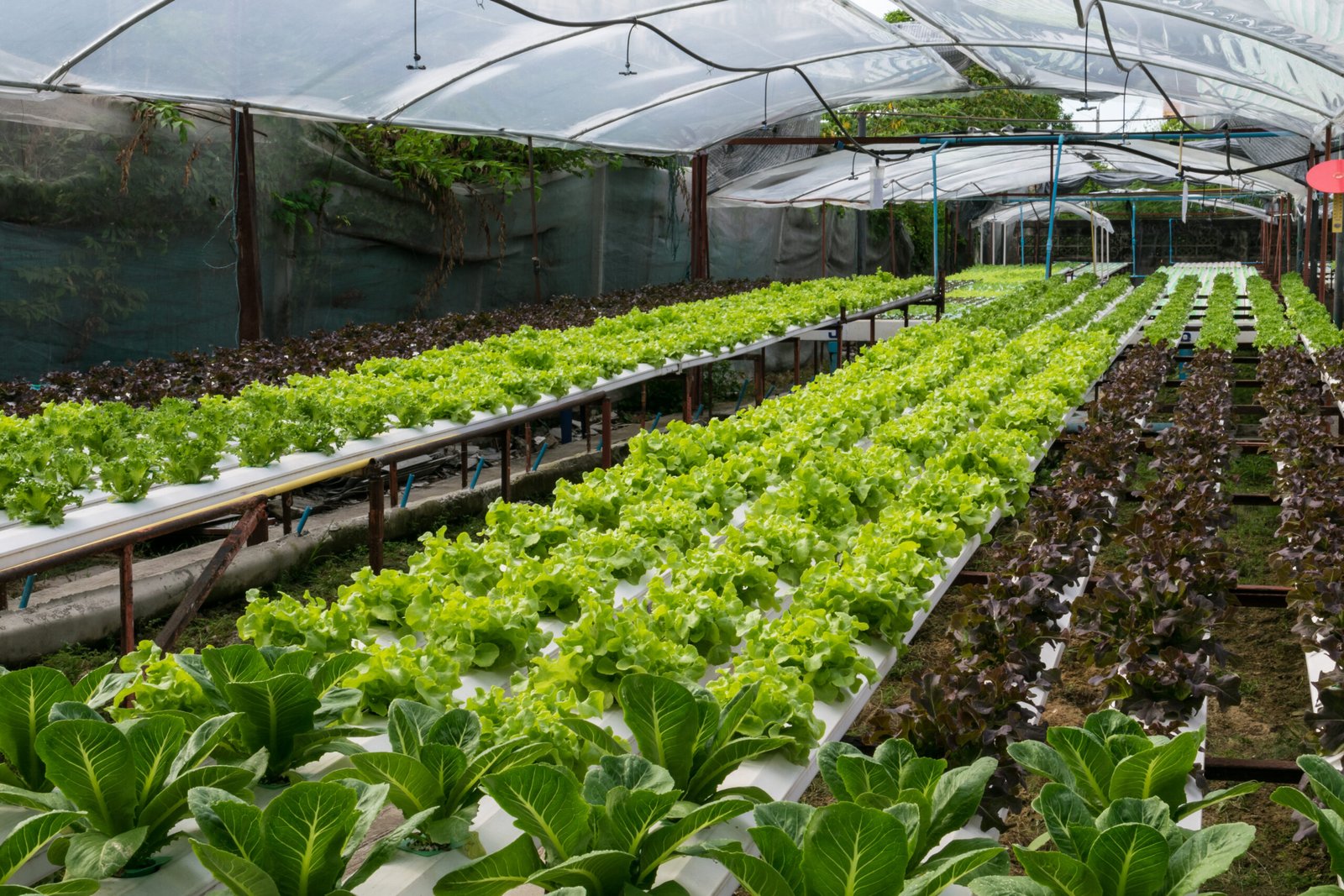⚫ What is Cocopeat ?
Cocopeat, also known as coir pith or coco coir, is the wonder or i would say it a magical pition derived from coconut husks. This eco-friendly, sustainable medium is taking the hydroponics world by storm with its stellar benefits and cost-saving potential.
⚫ Why Cocopeat Rocks for Hydroponics
1. Affordable and Abundant
Cocopeat is the budget-friendly alternative to expensive media like rockwool and hydroton. Since it’s a byproduct of the coconut industry, it’s readily available and easy on your wallet or pockets.
2. Eco-Friendly Choice
Going green has never been so easier. Cocopeat is renewable and reduces waste, making it an environmentally conscious choice compared to peat moss, which depletes natural peat bogs.
3. Superb Water Retention
This wonder magical medium holds up to 10-15 times its weight in water! Your plants will stay hydrated longer, reducing the need for frequent watering and cutting down on water bills.
4. Optimal Aeration
Cocopeat provides excellent aeration for roots by adding perlite and vermiculite to it, preventing root rot and fostering robust plant growth. It strikes the perfect balance between retaining moisture and allowing oxygen flow to the roots without any extra cost
5. PH Neutral
With its neutral pH, cocopeat simplifies nutrient management, minimizing the need for constant pH adjustments.
6. Reusable
Think long-term savings! Properly treated cocopeat on every new plantation, can be reused multiple times, making it even more economical and reducing waste.
⚫ How to Use Cocopeat in Your Hydroponic System
Step 1: Prep the Cocopeat
Rinse the cocopeat thoroughly to remove salts and impurities. Soak it in cal-mag solution, and rinse it again with water, until the water runs clear.
Step 2: Mix for the Perfect Blend
Combine cocopeat with other media like perlite or vermiculite to enhance drainage and aeration. This mix will supercharge your hydroponic setup!
Step 3: Fit for Any System
Cocopeat is versatile! In nature of use in our soilless system. Whether you use drip irrigation, NFT, or ebb and flow systems, cocopeat fits right in all styles.
Step 4: Fine-Tune Nutrients
Monitor and adjust nutrient levels regularly. Cocopeat’s high cation exchange capacity means it holds onto nutrients, so you might need to tweak your feed.
Step 5: Clean, buffer and Reuse.
At the end of each growing cycle, buffer your cocopeat by washing, soaking in cal-mag solution and then washing it again then sterilize your cocopeat with water and hydrogen peroxide solution or steam. This ensures it’s clean and ready for the next round.
⚫ To Conclude:
Cocopeat is your key to slashing hydroponic costs while maintaining high quality yields and healthy plants. Its affordability, sustainability, and top-notch growing properties make it a sureshot, must-have for every hydroponic enthusiast. Dive into the world of cocopeat and watch your savings grow along with your plants quality yield.
Ready to transform your hydroponics game in your arena? Embrace cocopeat science and cultivate success with JYOTI HYDROPONICS !.




0 Comments